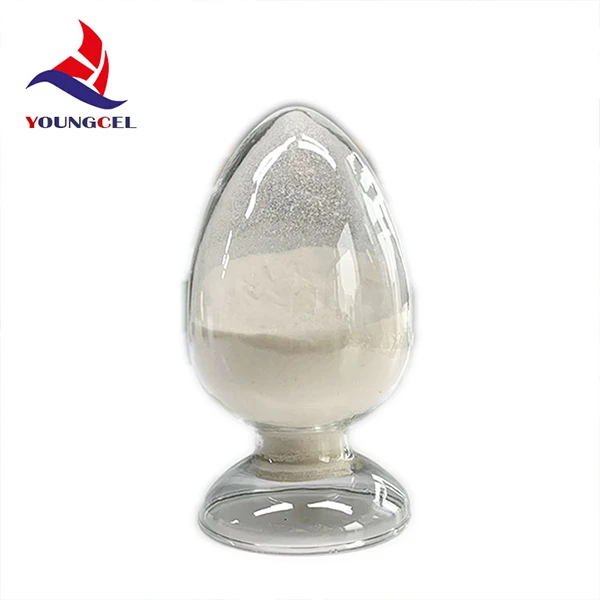The Role of Chemicals in Cement Production
Cement is a vital material used in construction worldwide, serving as the foundational ingredient in concrete. The production of cement involves a complex chemical process that requires several essential raw materials, each playing a crucial role in achieving the desired properties of the final product. Understanding the chemicals involved in cement production not only sheds light on the manufacturing process but also paves the way for advancements in creating more efficient and sustainable construction materials.
Key Ingredients in Cement Production
The primary raw materials for cement production are limestone, clay, and gypsum. However, a variety of chemical additives are also included in the process to enhance performance, control setting times, and improve durability. The main components involved include
1. Calcium Compounds The most significant component in cement is calcium oxide (CaO), derived from limestone. When heated in a kiln, limestone decomposes to form lime, which is crucial for the formation of calcium silicates— the compounds that give cement its strength.
2. Silica Silica (SiO2), typically sourced from clay or sand, is another fundamental ingredient. It reacts with calcium compounds during heating to form dicalcium silicate (Ca2SiO4) and tricalcium silicate (Ca3SiO5), both essential compounds that contribute to the hardness and strength of cement.
3. Alumina Aluminum oxide (Al2O3) from clay is another critical ingredient in cement. It reacts with other compounds in the kiln to form aluminates, which are vital for the setting properties of cement and also influence its early strength.
4. Iron Oxide Iron oxide (Fe2O3) plays a role in controlling the color of the cement and also contributes to the formation of iron-rich compounds that enhance strength and stability in the final product.
5. Gypsum Gypsum (CaSO4·2H2O) is added to cement to regulate the setting time. It helps prevent the quick setting of cement after mixing with water, allowing for proper workability and application.
Chemical Additives in Cement Production
chemicals for making cement

In addition to the primary raw materials, various chemical additives are used to modify specific properties of cement. These can include
1. Retarders These chemicals slow down the setting time of the cement, which is particularly useful in high-temperature conditions where rapid setting can become problematic. Common retarders include sugars, starches, and specific hydrocolloids.
2. Accelerators In contrast to retarders, accelerators speed up the setting time of cement. This is beneficial in cold weather or when quick hardening is desired. Calcium chloride is one of the most frequently used accelerators in cement production.
3. Plasticizers These additives improve the workability of cement, allowing for a smoother consistency without adding excessive water. This not only enhances the ease of mixing but also improves the overall strength of the final product.
4. Fly Ash and Slag These are by-products from other industries that can be added to cement to enhance its properties. Fly ash improves workability and reduces permeability. Ground granulated blast-furnace slag contributes to long-term strength and durability.
5. Nanomaterials Innovations in cement production have begun to include nanomaterials, which can significantly enhance the mechanical and durability properties of concrete. These materials can fill in the gaps in cement particles, leading to a denser final product.
Environmental Considerations
The production of cement is traditionally energy-intensive and contributes significantly to global carbon emissions. However, the use of waste materials like fly ash and slag can reduce the environmental footprint of cement production. Moreover, research into alternative binding materials and methods aims to reduce reliance on traditional cement and explore eco-friendly options, such as bio-cement.
Conclusion
The chemistry behind cement production is intricate and multifaceted, involving a blend of natural raw materials and chemical additives that together create a durable building material. Understanding these components not only enhances the production process but also opens doors to innovations that can lead to more sustainable construction practices. As the industry evolves, the integration of advanced materials and chemical processes will be pivotal in meeting the challenges of modern construction and environmental stewardship.
-
The Versatility of Industrial Additives: Mhec, Hpmc, And Wall Putty SolutionsNewsMar.28,2025
-
The Importance of HPMC in Modern IndustriesNewsMar.28,2025
-
Partnering with Reliable Manufacturers for Optimal ResultsNewsMar.28,2025
-
Enhancing Construction Performance with Redispersible Polymer PowdersNewsMar.28,2025
-
Enhancing Construction and Household Products with Advanced AdditivesNewsMar.28,2025
-
Building Strong Foundations with Key Construction MaterialsNewsMar.28,2025






